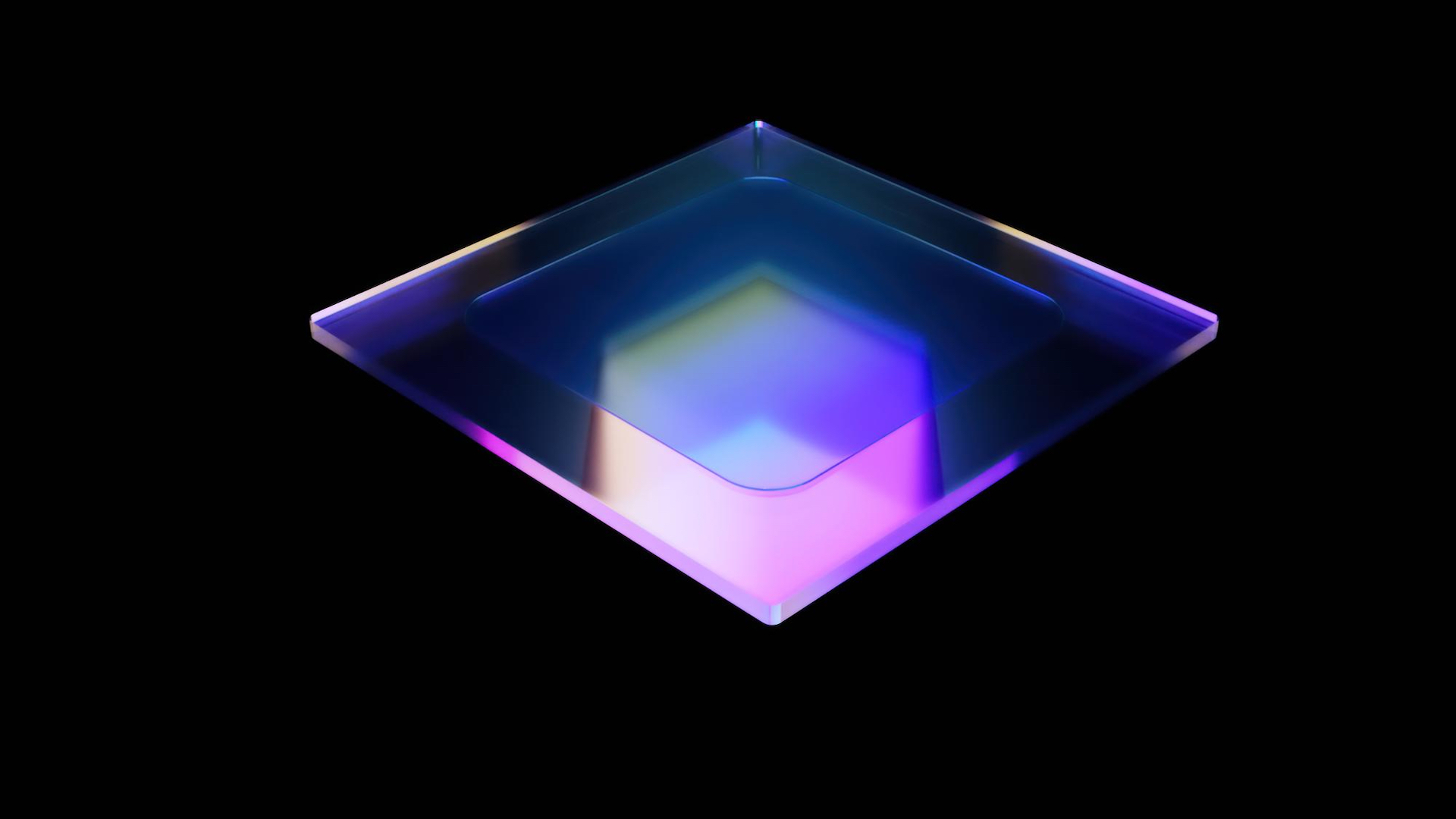A trailblazing development from Bar-Ilan University’s Faculty of Engineering is revolutionizing the world of health tech. Professor Doron Naveh and his team have unveiled a compact device that holds the promise of replacing traditionally bulky optical sensing devices. This innovative gadget is primed to facilitate blood sugar readings through smartphones.

This game-changing technology, currently in its proof-of-concept stage, is fueled by the potency of artificial intelligence and adaptive sensing mechanisms. As per the university’s statement, the key intent behind this endeavor is to produce a user-friendly product that seamlessly integrates with everyday tech, making blood sugar measurements effortless and accessible.
The need for such an innovation is palpable. Existing optical sensing devices, essential for discerning light properties, are conventionally large, costly, and reserved for specialized testing, such as medical evaluations in hospitals. However, the research and development at Bar-Ilan University, a collaborative effort with experts from the U.S. and Austria, is ushering in a compact, AI-driven alternative.
For the uninitiated, optical sensing devices gauge material properties by transmitting or reflecting light through them. While they have primarily served medical and research realms, this new device’s integration into smartphones could make them household staples. As Prof. Naveh envisions it, this opens up a world of possibilities he terms “the spectrum of things.”
Diving deeper into the potential applications of this Israeli brainchild, one can measure diverse properties of consumables. This includes determining sodium concentrations in food, the color of items, and even deducing their chemical composition to a degree. In everyday scenarios, it could gauge drink contents, fat percentages in dairy, or verify the purity of products like olive oil, honey, or lemon juice.
But the marvel doesn’t stop there. The future might see individuals wielding petite spectrometers within mobile gadgets, conducting a range of self-tests – from gauging antioxidant levels to checking blood sugar concentrations. Delving into the technical aspect, traditional optical device components are substituted with an adaptive sensor in this novel invention. This sensor, coupled with algorithms and data, facilitates the perception of light properties. This replacement obviates the need for mirrors, lenses, prisms, and cameras.
Elaborating on the mechanics, Prof. Naveh delineates the system’s multi-faceted approach: Adaptive sensing that alters its response to various influences, data collection for measurement training, and an algorithm-driven neural network that interprets these measurements. This combination enables it to not only discern light’s physical traits but also to undertake computations within an array of detectors.
Prof. Naveh is optimistic about the potential applications of this technology. “Looking ahead, these sensors will integrate into numerous systems that discern substance properties through light reflection or transmission, particularly in mobile settings,” he commented. “Imagine the potential – measuring and analyzing the spectral signature of almost anything, even determining glucose, alcohol, or oxygen levels in our bloodstream through our phones.”
